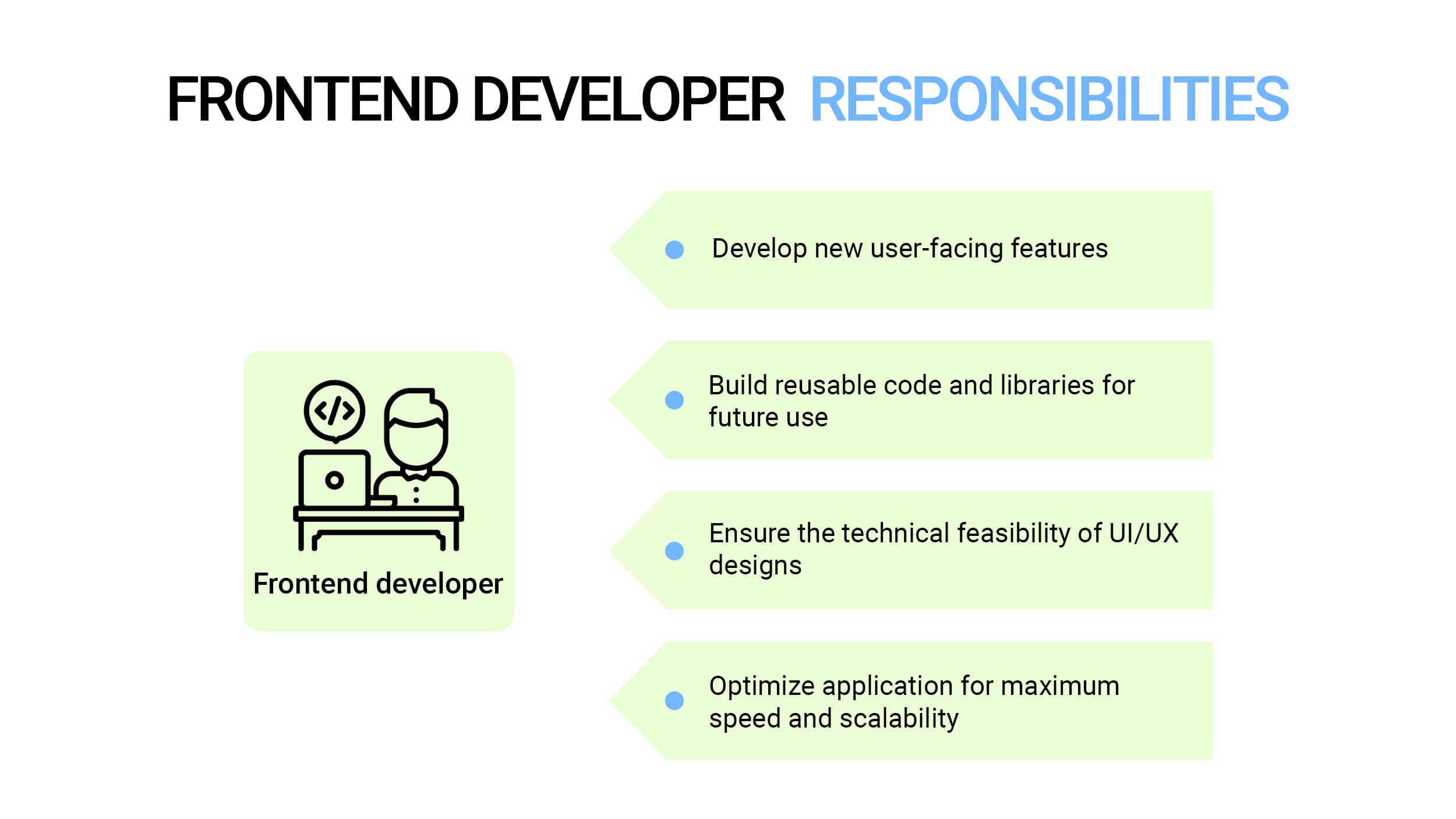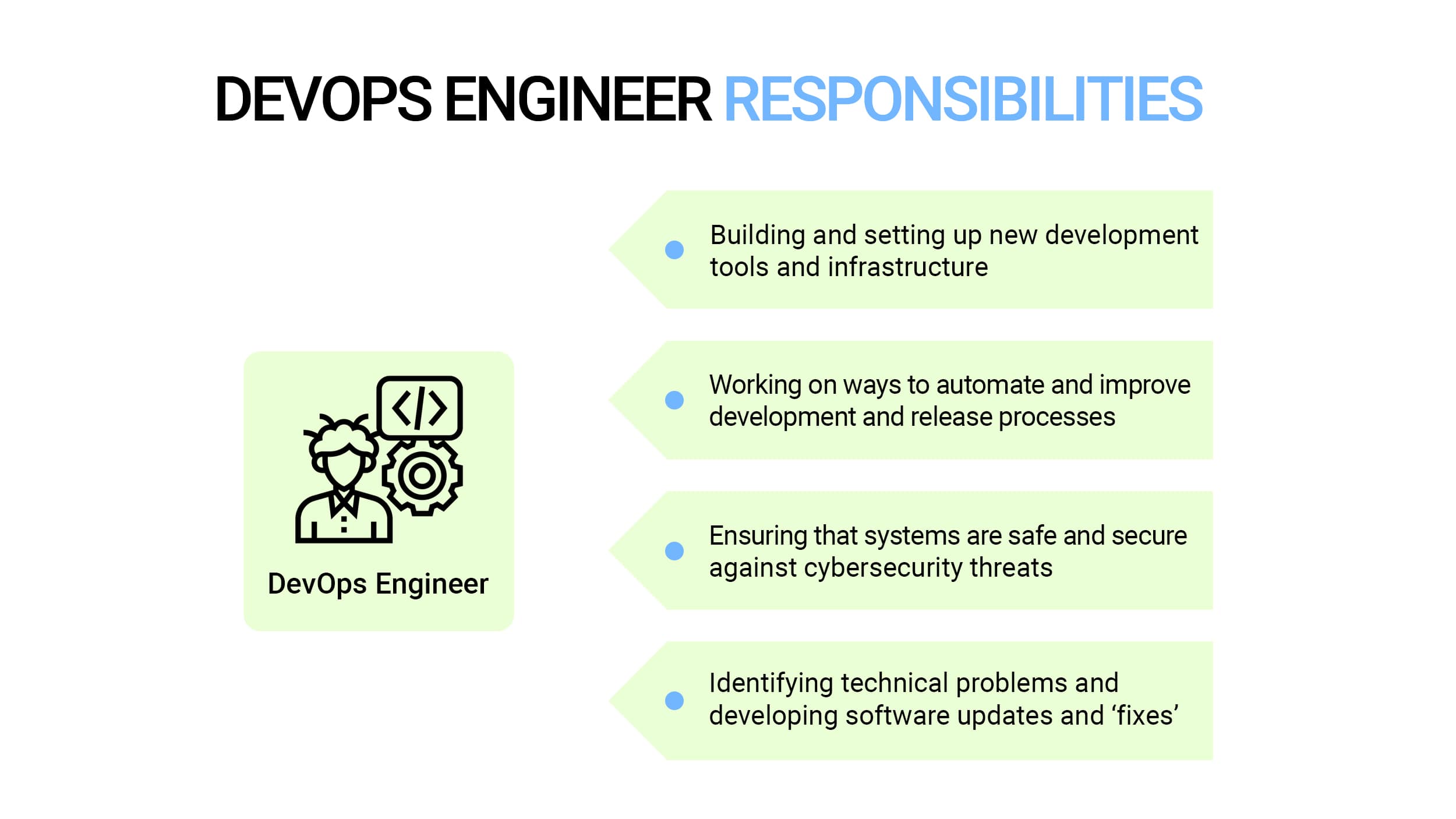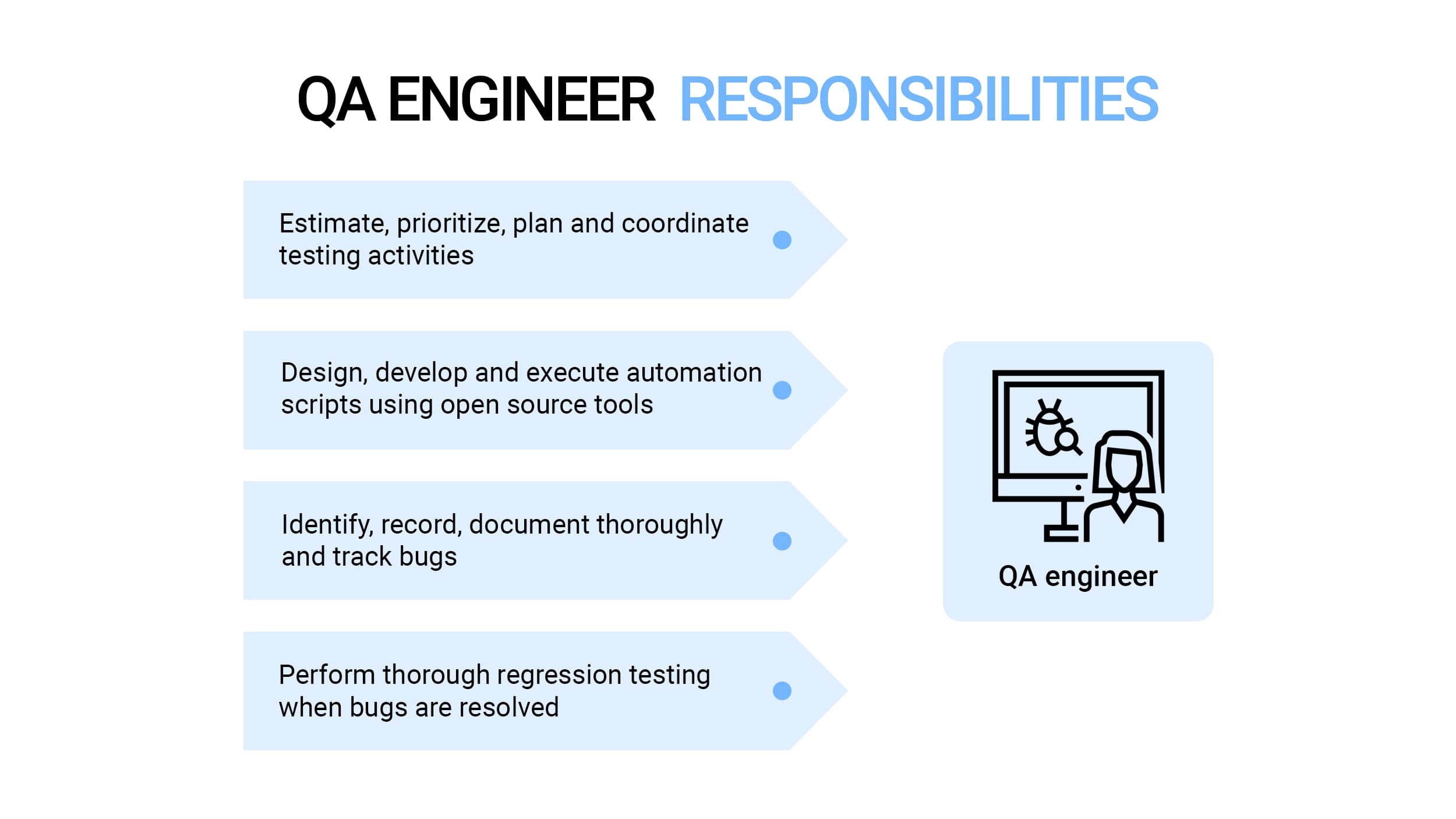You have decided that your company needs a website. So, the next step is to hire a dedicated web development team. But initially, plenty of questions arise. I.e., ‘How long web development process lasts?’, ‘How many people in the team?’, ‘What is web development team structure looks like?’, etc.
To answer these and other questions, we wrote an exhaustive article. It covers everything you may be interested to know about the web development team.
So, let’s dive right in.
Table of Contents
Web development roles and responsibilities
Code&Care is a full-stack software development company. Among our capabilities is building software for all popular platforms. We are at the forefront of technological advances and innovations, working with superb programming languages and frameworks. Now we have 80+ experts on board. All of them are divided into teams. According to our web development organizational structure, every team includes software engineers, Project Manager, and QA engineers.
They unite their skills and experience to provide excellent results to the end-users. At the first sight, it may seem like some of the roles are unnecessary. But what we learned is that having everybody in their place makes the whole team more powerful and efficient.
Let’s briefly overview the role of every team member.
Frontend developer

Backend developer

Full-stack developer
Usually, a web development team has at least one full-stack developer. What distinguishes full-stack developers from other programmers? The key distinction is a skill to work with client-side and server-side by themself.
DevOps Engineer

QA engineer

The most important responsibilities of a QA engineer are writing tests, test software quality, performing regression and negative tests, test the user interface, and app compatibility with various browsers.
Project manager

Web Application Development Cost: The Full Guide On Your Project Price
Optional roles in a web development team
We have already discussed players that are essential for every team. Then we go to the optional members. They may be needed or not be needed depending on the project.
UI/UX designer
Before the design is implemented into code, it is displayed in layouts and wireframes.
UI/UX designer is a person who creates the way people interact with the interface and take care of the user experience. The key task of the designer is to learn the project requirements, figure out the target audience, to ensure the project is relevant. These steps help to define the difficulties that users might face. So, all problems can be solved in the easiest way.
There is some difference between UX and UI. The major task of UX is researching ways to make the website better. Whereas the focus of UI designers is on the visual. I.e., colors, fonts, menus, tabs, widgets, etc. In order to achieve the purpose, the designer has to have a solid knowledge of both UX and UI.
Project architect
There are plenty of web application kinds and their architecture. For example, static web apps, dynamic web apps, e-commerce websites, marketplaces, Content Management Systems, etc. Taking into account this variety, each web project needs to be approached individually from the beginning of development.
A person who defines the type of web app is called a project architect. A project architect should be involved in negotiation with a client. Based on the data he/she received, a project architect decides what kind of architecture suits the best for the customer’s requirements and suggests the appropriate technology stack. After the architecture was approved, a project architect became involved in the project on a part-time basis.
Progressive web application development: Cost, Tech Stack, Advantages
Business Analyst
Lots of ideas fail, not because they were turned into life badly but because they didn’t achieve the product-market fill they were supposed to. The task of the Business Analyst is to steer clear of this kind of situation. They make sure you are creating the right product at the right time to solve the right problem, and that it’s in line with your business model and client’s assumptions. According to research, if a company spends from 8% to 15% of the time and budget on business analysis, then the probability to get a successful web app arises rapidly.
So, a Business Analyst is a member of the team who is responsible for formulating purposes, analyzing, and documenting the core processes and systems. They estimate what works and what doesn’t work and set the direction for business development, taking into account the latest web development trends.
SEO specialist
Search Engine Optimization (SEO) is the easiest method to bring needed users to the website. That’s why an SEO expert is likely the first specialist that a marketing manager involves in the project. SEO experts have a wide list of duties. They make keyword research; analyze traffic, metrics, and competitors; optimize the website’s work according to search engine requirements; cooperate with copywriters and UI/UX designers. The list of duties may vary from project to project. But the major task of any SEO expert is to improve website rank within search engines.
The Bottom Line
Eventually, you’ve got a realization of the way web development organizational structure works. Led by a project manager and supported by a project architect, it can not exist without frontend, backend, and full-stack programmers, DevOps, and Q/A engineers. Optionally, you may need UI/UX designer, business analyst, and SEO expert. Every team player separately and altogether, they make your wishes real. Now, when you know all members’ duties, it should be easier to address your questions and concerns to the right person.
If you want to know more about our Code&Care web development processes, feel free to text us — we are ready to help!

How to Build Your Own Auction Website Like eBay
How to Build a CRM Software: Types, Features, and Cost
Location-Based Mobile App Development
The 10 Steps Guide On Real Estate Web Development
















Popular
Latest